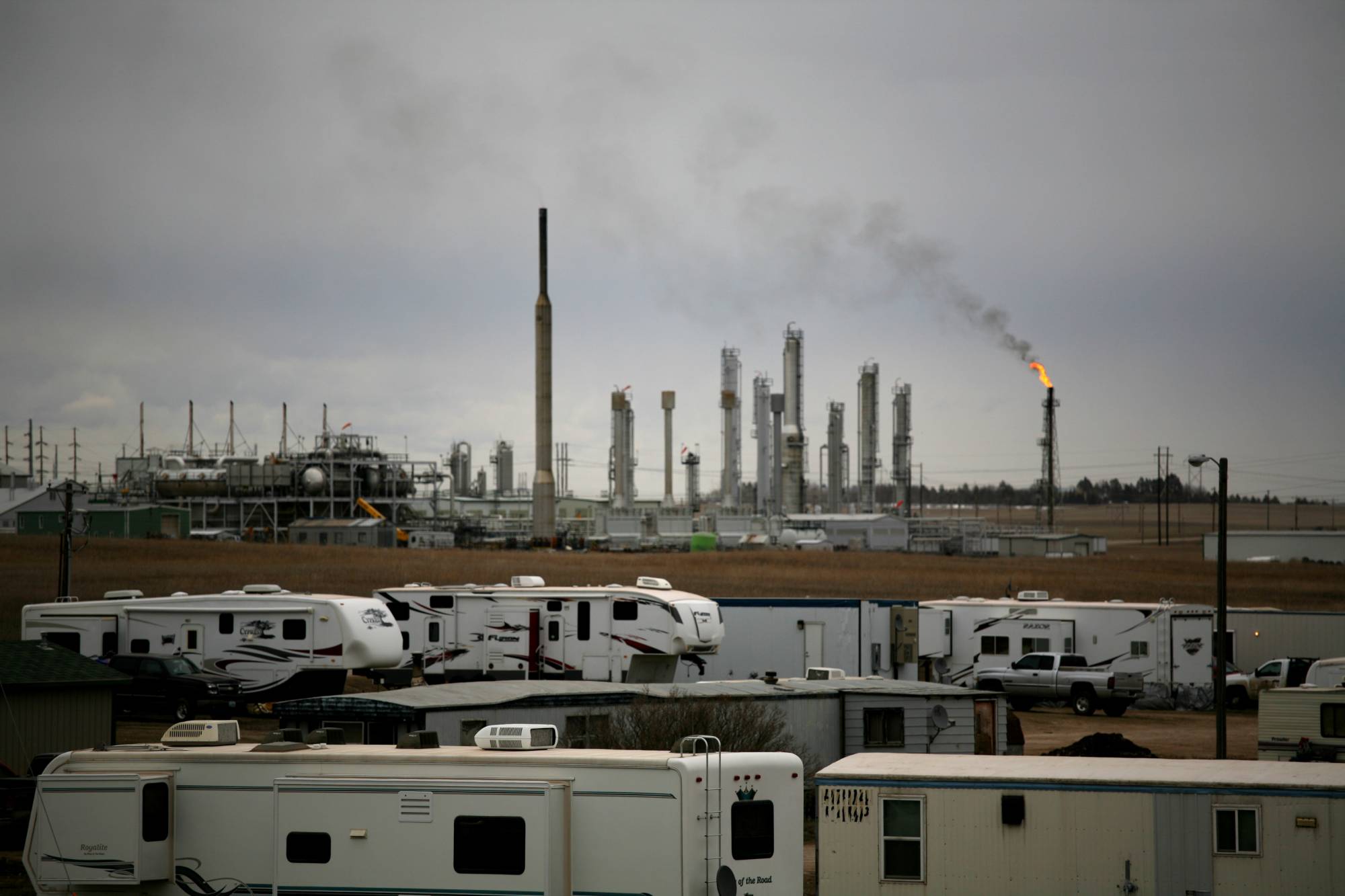To understand the strange, conflicting signals being sent by the U.S. economy right now, it helps to look at Williston, North Dakota, in about 2010.
North Dakota was in the midst of an oil boom. Scores of rigs were drilling hundreds of wells, filling up train cars with crude because there hadn’t been time to build a pipeline. Pretty much anyone who wanted a job could find one, even the teenagers who dropped out of high school to work in the oil fields. Wages soared. Fast-food restaurants offered signing bonuses. State coffers filled up with tax revenue.
Yet as good as the economy was, it also felt unstable. Restaurants couldn’t hire enough workers. Housing was in short supply, and costly. Local infrastructure couldn’t withstand the sudden surge in demand. Prices for practically everything soared.

















With your current subscription plan you can comment on stories. However, before writing your first comment, please create a display name in the Profile section of your subscriber account page.